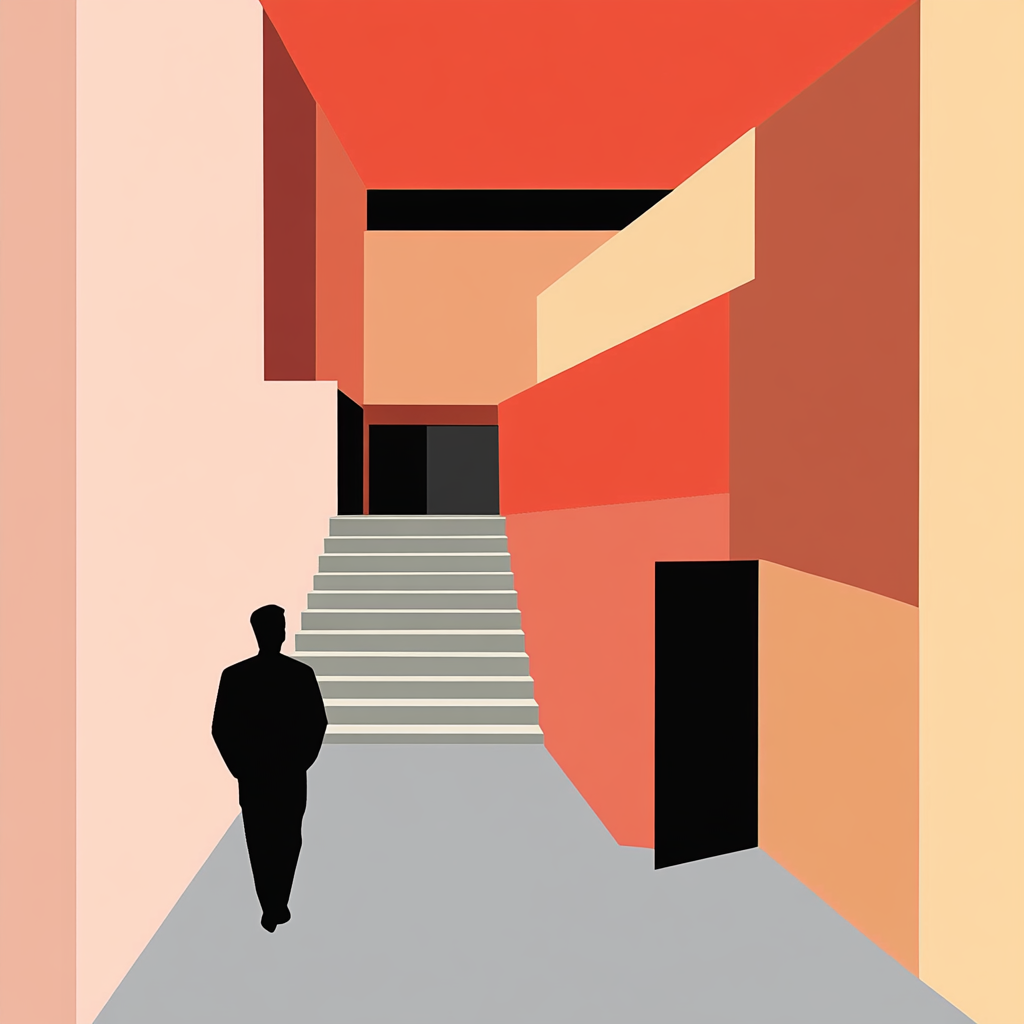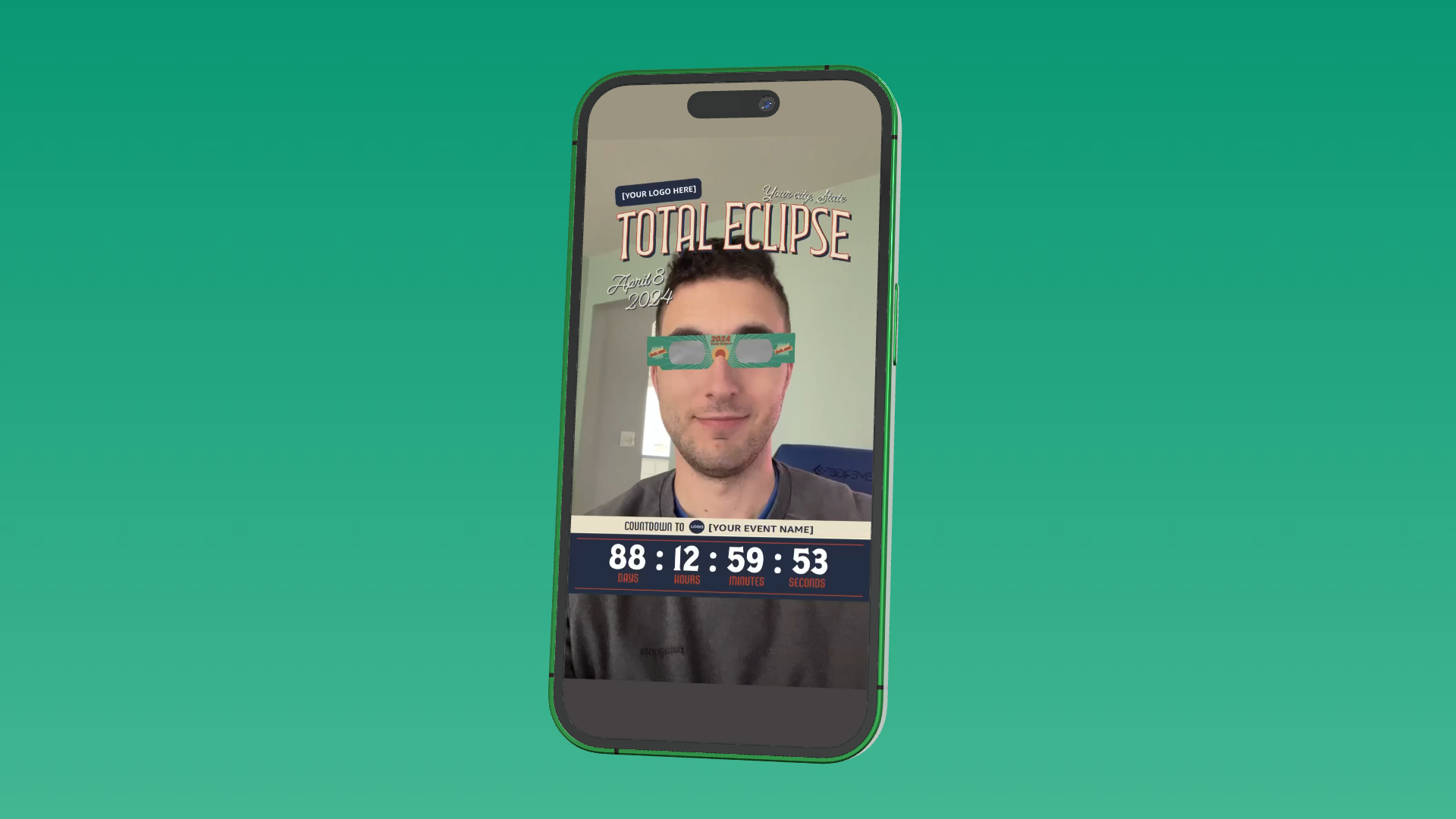How We Solved Four Common Museum Challenges with Social Augmented Reality (AR)

We recently held extensive internal meetings to reexamine how we can best utilize digital experiences to benefit museums. These meetings discussed research findings and case studies, creative ideas (some rather zany), trends, and more.
Before choosing, we determined a set of criteria to measure our decisions against.
Our criteria for choosing the best museum experiences
As a team, we decided that whatever we create/offer must meet the following requirements:
- Must solve a common problem that museums have
- Must be cost effective
- Must directly or indirectly help museums make money
- Must be easy for museum visitors / followers to understand and use
- Must not require hardware to purchase or maintain
The Results
When all was said and done, we decided to create the following three social AR filters that can be used:
- To drive action around mission-focused efforts
- To promote events and boost ticket sales
- To turn on-site visitors into evangelists on social media
- To generate sponsorship revenue (e.g. sponsored filters)

1. The AR Quiz Filter
Generates awareness and support for your mission with custom, fun, interactive AR quizzes that educate your social followers and prompt sharing and competition. We match the images and topics in the quiz to your particular exhibits and use comparison questions that get your followers thinking, learning, and sharing their scores.
See the quiz filter here

2. The AR “Countdown Filter”
A shareable AR social media filter that is purpose-built to boost ticket sales and attendance. Totally customized to your brand and messaging and timed to align with the start of your exhibit or event, this ROI-focused filter will give you something new to post every day and generate serious buzz (and attendance) for your event.
See the countdown filter here

3. On-Site AR Filters
AR experiences that can be easily added to your on-site exhibits. No hardware to purchase or maintain. Visitors will be eager to share their filtered photos and videos on social media, growing your network—which is super easy to do, since they use their existing social apps to access the experiences. Can be paired with the countdown filter to create a virtuous cycle of growth.
See the on-site filters here
Here's a sampling of what we found in our research:
Social media offers the most bang for the buck and the most untapped opportunities for museums to spread awareness, drive visitors, and boost revenue. This is particularly true for augmented reality (AR) on social media, which is both affordable and highly effective.
1. Driving Visitors:
AR use is growing—and quickly. According to Deloitte, 74% of Gen Z users currently incorporate AR into their daily routines. According to a study by Snap, 80% of Gen Z are interested in using AR to enhance their entertainment experiences (vs 73% of Millennials and 65% of Gen X). And according to a recent eMarketer report, 95.5 million people will use AR in the US in 2024—that’s nearly 1 in every 3 Americans. The report states that AR continues to grow quickly—mostly via smartphones and social networks.
This high usage rate presents a significant opportunity for museums to attract visitors through engaging AR experiences on social platforms.
Furthermore, marketing campaigns that incorporate AR elements have an average dwell time of 75 seconds, compared to just 2.5 seconds for traditional channels like TV or radio, according to research by LenzGig. This combination of 1) high engagement among 2) an enormous, eager, and relatively untapped (by museums) audience, all adds up to a significant opportunity for museums to drive visits.
2. Spreading Awareness and Education Around your Museum’s Mission:
AR technology has proven to be a highly effective educational tool. In fact, recent studies show that 7 out of 10 users believe AR can help them learn new skills (Source: ISACA). And with 1.3 billion global AR users in 2024, according to Statista, this learning potential can be harnessed to educate a vast audience about your mission-focused efforts in an engaging and memorable way—raising awareness and inspiring action.
According to the research journal, Psychology & Marketing, AR filters contribute to increased playability and user satisfaction, driven by curiosity and interactivity. These elements are crucial for museums seeking to enhance the visitor experience, online education, and to encourage social word-of-mouth recommendations.
3. Boosting Museum Revenue:
AR experiences have been shown to significantly increase engagement and sales. Recent data from ThreeKit shows that AR product experiences are a whopping 200% more engaging than their non-AR counterparts. Such high engagement can directly translate to higher revenue for museums through:
- Ticket Sales: Engaging filters and AR previews on social media can drive more visitors to the museums.
- Sponsorships: Popular AR filters and experiences are fantastic for corporate sponsorships. Have a sponsored event or exhibit? Why not sell space on your AR filters as well?!
4. Affordability and Effectiveness:
AR on social media is affordable, popular, highly engaging, memorable, and shareable. Moreover, the widespread use of smartphones means that both social followers and on-site visitors can access these experiences without the need for specialized hardware—and easily share photos and videos with their networks. For museums, it means you can add AR experiences on-site without having to purchase or maintain any hardware whatsoever. And you can easily change them anytime. That’s huge!
Wrapping Up
AR's massive (and growing) popularity, along with its proven effectiveness in engagement and education, its affordability, and the vast reach of social media platforms all combine to make social media AR filters an ideal strategy for museums to:
- Drive action around mission-focused efforts
- Promote events and boost ticket sales
- Turn on-site visitors into evangelists on social media
- And sell highly visible and shareable sponsorship space